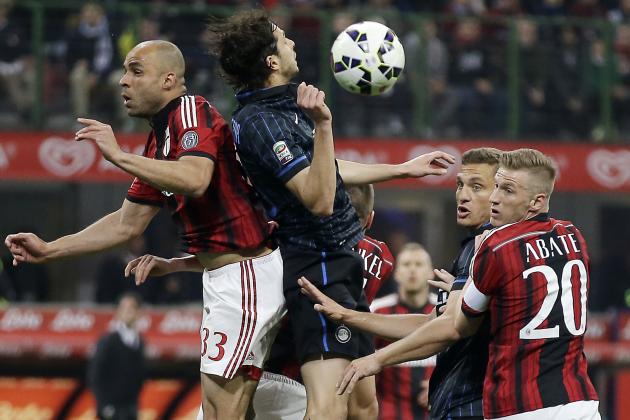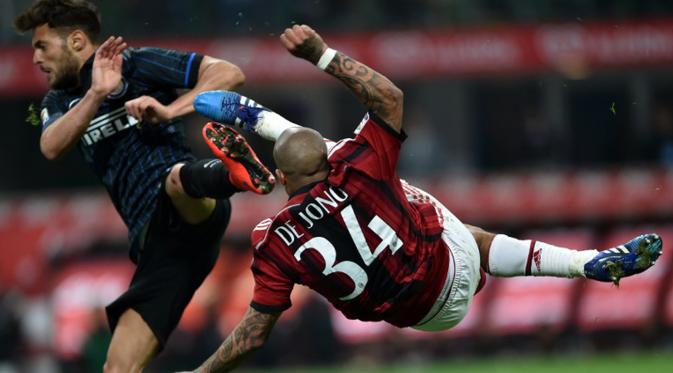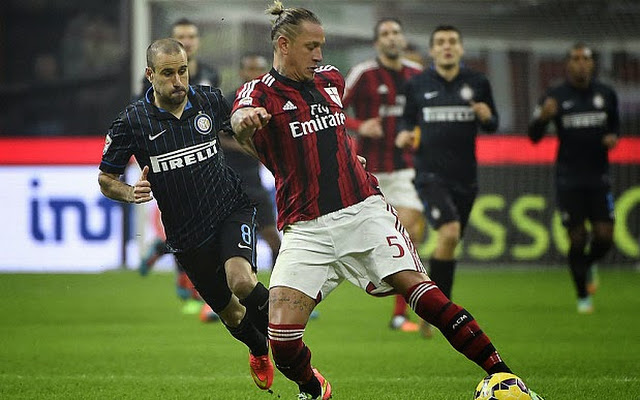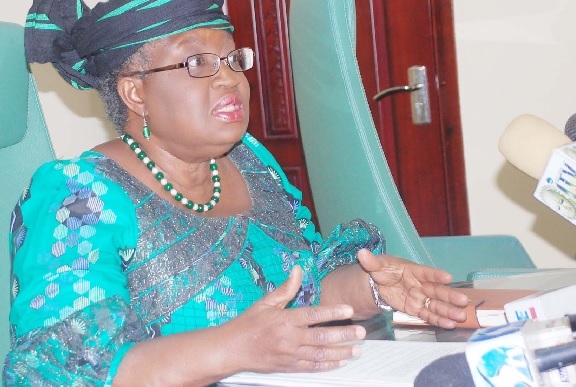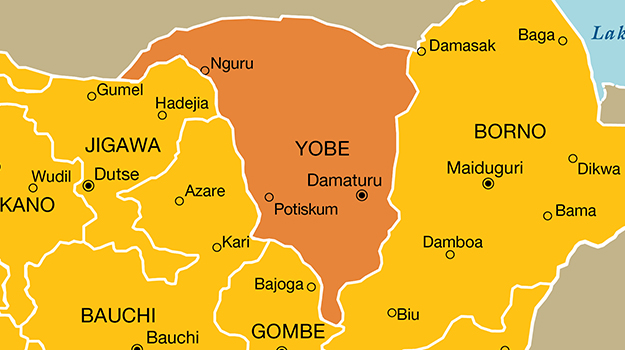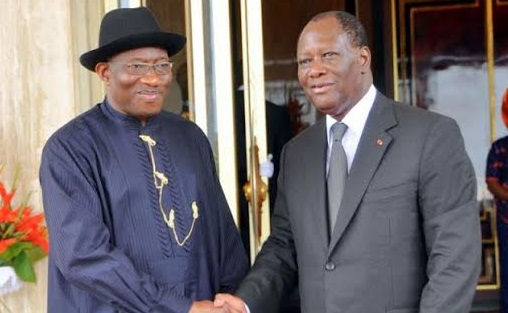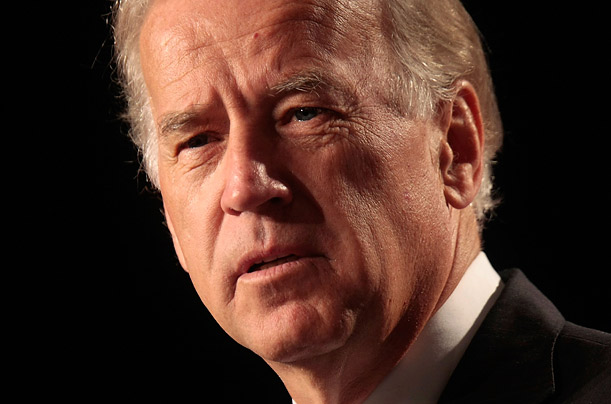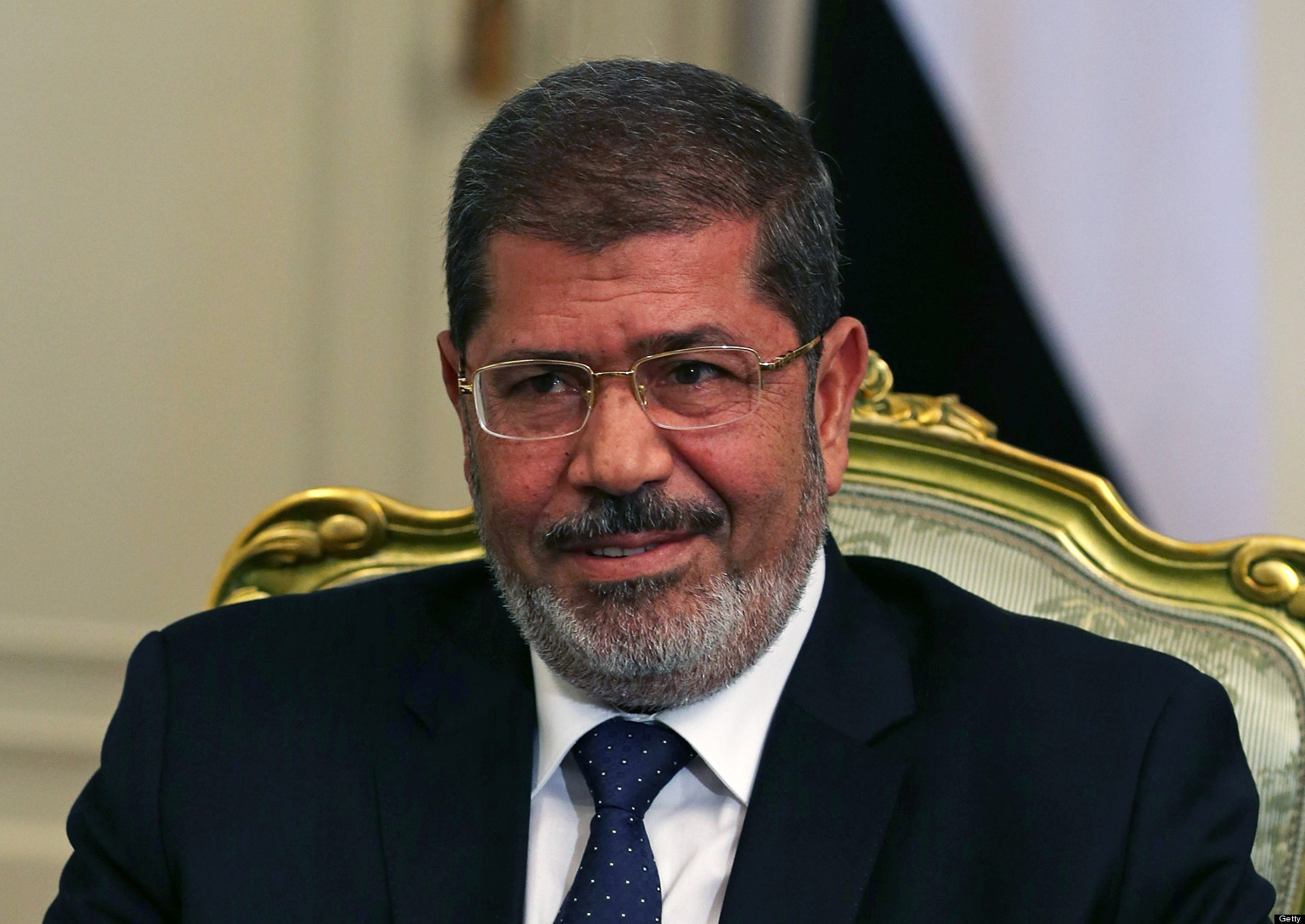Watching Derby della Madonnina, the Milan derby between Internazionale Milan and AC Milan, a friend yelled out “Boring!!” and he couldn’t have been wrong for over 70 minutes for good measure.
To summarise the game in a sentence: no goal was scored and the first gilt-edged opportunity was recorded after 70 minutes. This does not inspire fans to leave their homes and shell out hard-earned money to cheer on mediocre football, neither does it make much of the Italian audience switch their television sets from modelling shows to the San Siro stadium.
This is how badly two of Italy’s most successful teams have plunged into mediocrity. AC Milan won the Champions League in 2007 while Inter achieved similar feat in 2010, but how these two power houses fell from the pinnacle of world football to get to this point is not abstract mathematics.
Both Milan clubs, apart from sharing the same San Siro Stadium, also share similar football-mad owners who decided to go underground for different reasons. While Inter’s Massimo Moratti showed weariness in spending power by selling majority shares to a Thai billionaire, thereby stepping down as CEO, AC’s Silvio Berlusconi left Adriano Galliani to call the shots due to numerous criminal cases involving embezzlement of public funds by the former Italian prime minister, which is believed to have been crucial to his baby club’s rise in the late ‘80s and reign through the ‘90s to become perhaps the most successful club in Europe. AC’s case is more peculiar in the fact that Berlusconi’s daughter, Barbara, is presently in a power struggle with Galliani while also finding time to date the club’s player, Alexandre Pato. All these have put both clubs on the radar as models not to follow for others, but the main problem both clubs have in common and which contributed to them spiralling down into popularity wilderness is their transfer policies.
Advertisement
AC Milan, during their glory days, were known to mix excellent youth with experience of the aged superstars: cue Boban, Rijkaard, ageless Maldini, Shechenko’s second stint, Gennaro Gattuso’s sheer determination and gladiator style, Clarence Seedorf’s technical abilities, Ronaldinho’s mini reawakening, Inzaghi’s ability to spring the offside trap and eye for goal… etc. This was the policy not only because it gave them a psychological and technical edge in European games, but also because they get to pay little or no transfer fee for experience!
Inter Milan, on the other hand, maintained a founding policy of signing excellent South Americans and mixing them with Italian and/or academy products plus a little European spice to make a fearsome team. This policy resulted in legendary captain Javier Zanetti (the Argentine is now a director at the club), Alvaro Recoba (Uruguay), Ivan ‘El helicopturo’ Zamorano and Marcelo Salas (both Chile), Adriano, Esteban Cambiasso, Ivan Cordoba and the enigmatic and passionate Dejan Stankovic (Europe) to mention but a few.
Advertisement
While both clubs still hold tight to these policies, they have compromised quality in recent times. The models worked so well in their glory days until a shift in goal post occurred and this could be traced to the fear of financial fair play regulations. The rules introduced by Europe’s football governing body, UEFA and which simply stipulates that a club cannot spend more than it earns was agreed by European clubs in 2009 and came into effect in 2011. With the FFP regulations in mind, Inter’s problem could be nailed on inability to refresh an aged squad while AC Milan’s is purely compromised quality in transfer targets.
When Jose Mourinho won the treble of league, cup and Champions league titles in 2010, the average age of the squad was just under 30 years and instead of trimming it down, it bloated to 32 years by 2012 and this saw Rafa Benitez fail woefully during his reign while Gian Piero Gasperini fared worse in his short spell at the club owing to many tired legs in the squad. Also, when Kaka dazzled Europe to help AC lift the Champions league in 2007, the Rossonneri fielded a team with the highest average age of 32 years – a record – and maintained this for a few years under former coach Massimo Allegri’s before the empire crumbled in the years that followed.
In defence of Inter’s scenario, it was a case of mission accomplished for Massimo Morratti, the 70-year-old oil tycoon who had lived in the shadow of his father’s glory days with the club and needed the Champions League trophy to etch his own name in Inter Milan’s mind forever. Accomplishment brought about a lack of motivation for Moratti and a new owner, Indonesia’s Eric Thohir, was welcomed.
Advertisement
AC Milan’s fall from grace is a case of bad management by vice president/CEO Adriano Galliani and a refusal to allow investment from foreign billionaires due to wrangling and power struggle among the club’s board of directors, following the resignation of owner Berlusconi as Italian prime minister in 2011 (the media tycoon has been beset by a plethora of court cases and is currently serving a four-year (three suspended) community service in an institution for the aged). The fall of Berlusconi meant no more money for marquee signings or taking off rejected stars of elite European clubs like Chelsea, PSG, Manchester City, Real Madrid and Barcelona (Zlatan Ibrahimovic, Ronaldinho, Balotelli, Nigel De Jong, Essien etc.).
Due to the aforementioned, Inter have been forced to import cheap and above-average South American talent (Dodo, Juan Jesus, Jonathan, Mauricio Icardi) with similar players from European clubs (Rodrigo Palacio, Freddy Guarin, Gary Medel, Hernanes) while also adding club-rejects like Xerdan Shaqiri and Lukas Podolski into the mix. AC Milan have made do with several co-ownership and swap deals with most of Italy’s mid-table and/or relegation-threatened clubs. They still managed to bite off Diego Lopez from Real Madrid, Alex joined on free from PSG, while Alessio Cerci’s flop at Atletico was celebrated in Milan’s dressing room. It is therefore no surprise that both Milan clubs have been relegated to mid-table teams placed in the 9th and 10th positions within a point of each other with little or no hope for European football next season, and huge investment is needed in both player and staff capacities at both clubs to return to their glory days.
Inter’s Eric Thohir looks to continue investing in the right direction, using the right people to guide the club back to the top. It is hoped that the purported €780 million takeover by Thai businessman, Bee Taechaubol, goes through at AC Milan because the club is regressing at an alarming rate. Either these come to fruition or matches between these two once-great Italian sides could become a game between Leeds United and Nottingham Forest – both former English greats but now languishing in the second tier of English football – in the nearest future and these derby could be tagged the derby della mediocrita or derby poco importante for becoming unimportant and mediocre.
Advertisement
Add a comment
